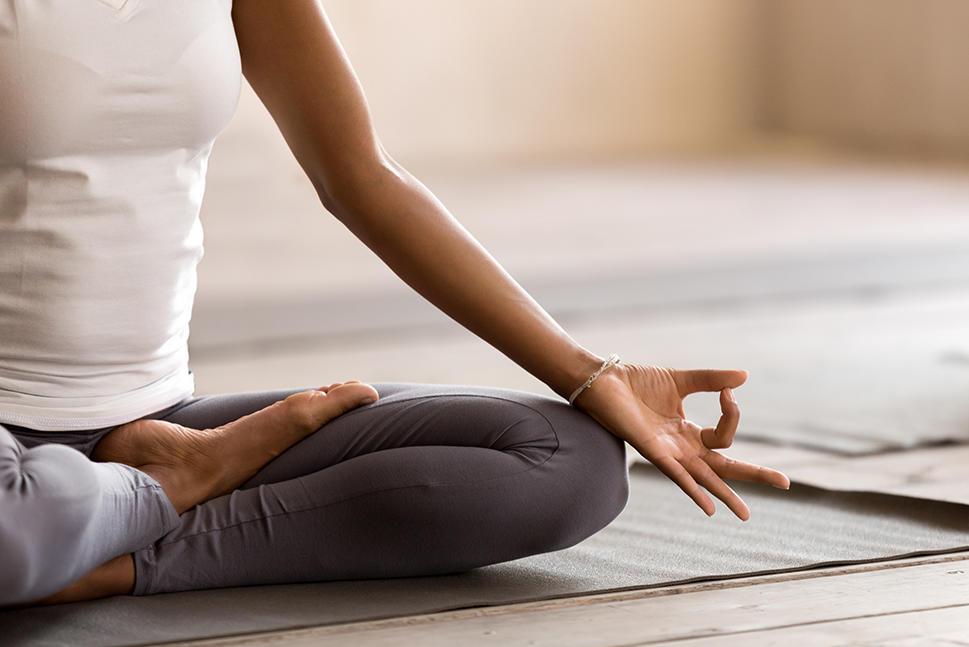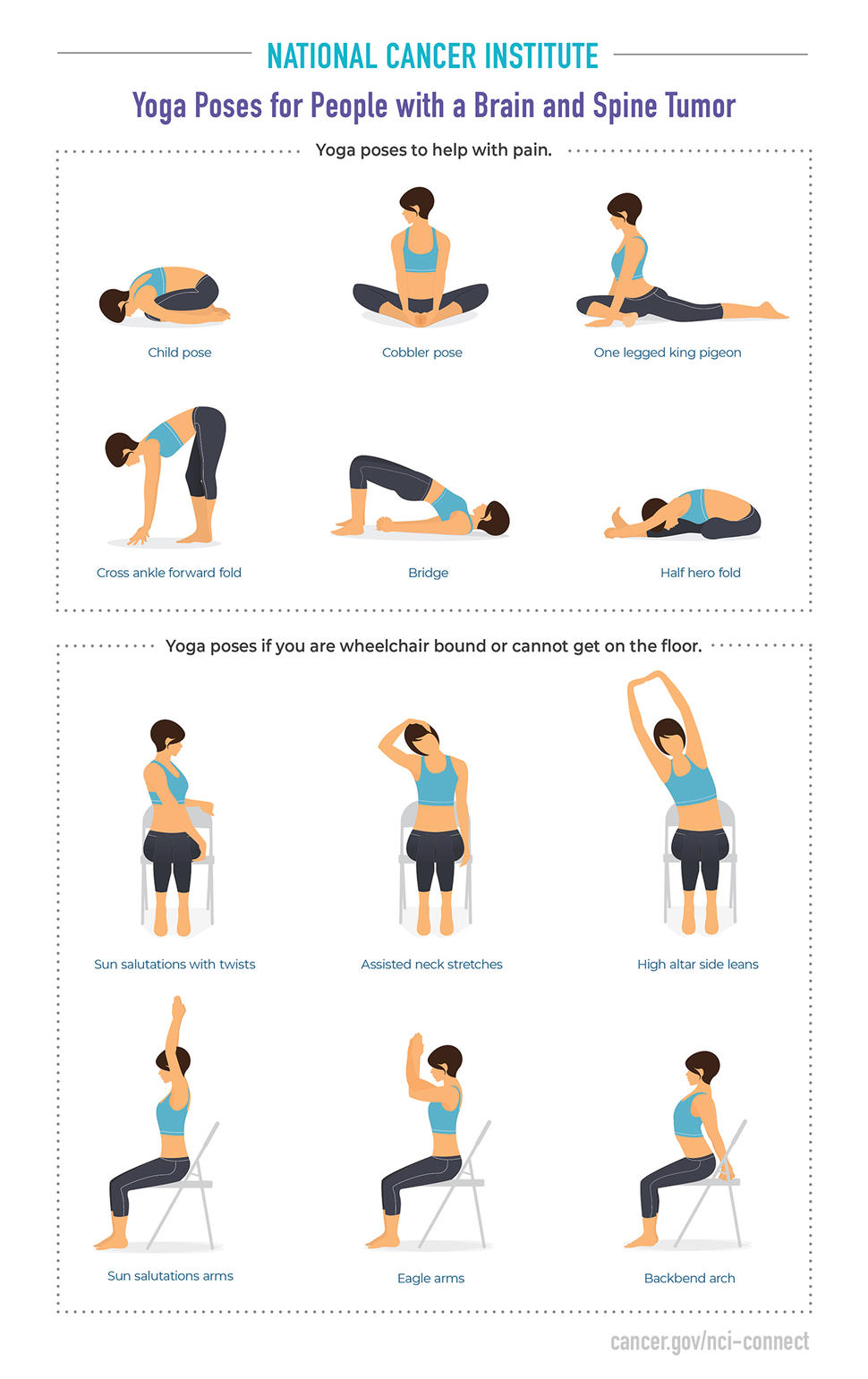Your Beliefs and Values
A belief is having trust, faith, or confidence in something. Values are long-lasting beliefs. Knowing your beliefs and values can help give you clarity on the person you want to be and the choices you make. This allows you to determine how you want to live your life.
A brain or spine tumor diagnosis can distract or deter you from your beliefs and values. You may be too busy with appointments to think about them—or you may be discouraged by your diagnosis. But focusing on your beliefs and values can help you maintain your spirituality and achieve your life’s purpose.
Tips to Focus on Your Values and Beliefs
- Ask yourself these questions:
- What do I believe in?
- What do I want to do with my life?
- How do I want to treat myself and others?
- Find activities that reflect your values. For example, you could volunteer, spend time with your loved ones, or practice your faith.
- Try to simplify your schedule. Remove unnecessary tasks to give yourself time to reflect and prioritize your values.
- Take a time-out from things that negatively influence your thoughts and feelings. Negative thinking can deter you from your purpose.
- Make a vision board to display pictures representing whatever you want to be, do, or have in your life.
- Try to set clear, firm boundaries with people or situations that don’t align with your values.
- Think about a personal mission statement that includes your values. Write it in a journal or somewhere where you’ll see it often.
Your lifestyle should be driven by your beliefs and values. This can help you live life with purpose and be happy.
I try not to let myself get caught up in the little things or the everyday worries. I do my best to see the bigger picture every day.
Resources
Meditation
Spirituality can be expressed through meditation. Meditation is a mind–body practice in which you focus your attention on something—such as an object, word, phrase, or breathing—to find comfort and meaning. Meditation can rewire your brain to help increase your positive outlook, improve calmness and relaxation, and enhance self-awareness. It can also benefit your overall health.
Meditation Tips
- Talk with your doctor or physical therapist about what types of meditation you can do.
- Start with two to three minutes of meditation when you feel negative or stressed. Try longer sessions as you get comfortable.
- Set a goal for how many times a week you would like to meditate. Start with one or two times each week and skip days you feel physically unwell. Be mindful of what your body needs, which could be rest.
- Find a quiet location to sit and lie comfortably. Close your eyes, clear your mind, and breathe naturally.
- Focus your attention on your breathing and how your body moves when you inhale and exhale without controlling the pace or intensity. If your mind wanders, return your focus back to your breath.
- Learn new techniques from a trained specialist, educational video, or app.
Examples of Ways You Can Meditate
Here are three types of meditation: yoga meditation, tree meditation, and tension release meditation. These easy meditation exercises can get you started.
- Yoga meditation: Engages both the mind and body. It works your primary muscle groups while you focus on breathing techniques. If you like yoga, start with the yoga poses you’re comfortable with, holding each pose for a few slow breaths before moving to the next one. This helps you be aware of your body and present in the moment.
- Tree meditation: Helps you become grounded, changes your perspective, or alters how you’re feeling. Imagine that your feet are growing roots into the ground, your abdomen is the trunk held up by your legs, and branches are growing from your upper body and arms.
- Tension release meditation: Helps you relax every muscle in your body. Start with your feet and scan up your body, slowly tensing each body part for three to five seconds before relaxing it.
Regularly making time for meditation can help maximize its benefits for your health and wellness.
Resources
- What you need to know about mediation and mindfulness >
- How to relax your mind and body >
- What is mindfulness meditation?
- Guided meditation, music, and apps

Alvina's Quick Tips:
Mindfulness Techniques
To relax your body and mind to reduce stress, NCI-CONNECT Health and Wellness Counselor Alvina Acquaye-Mallory says practicing mindfulness can help. Watch video


